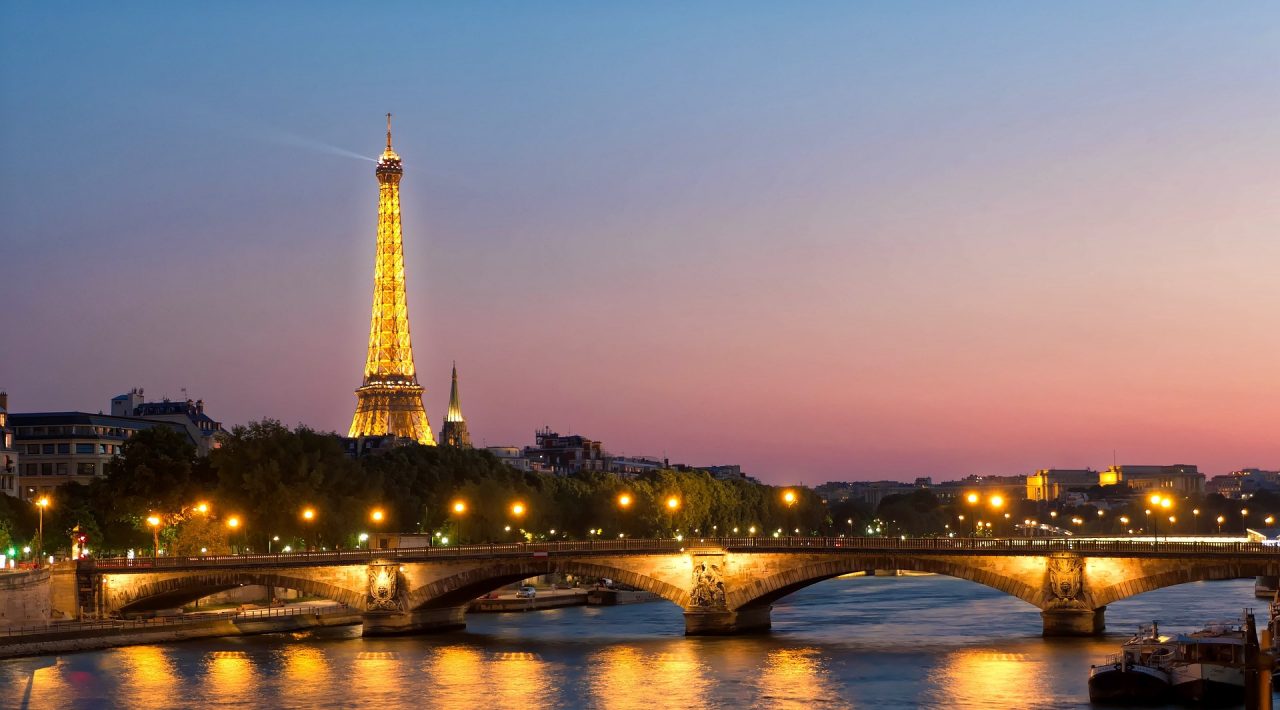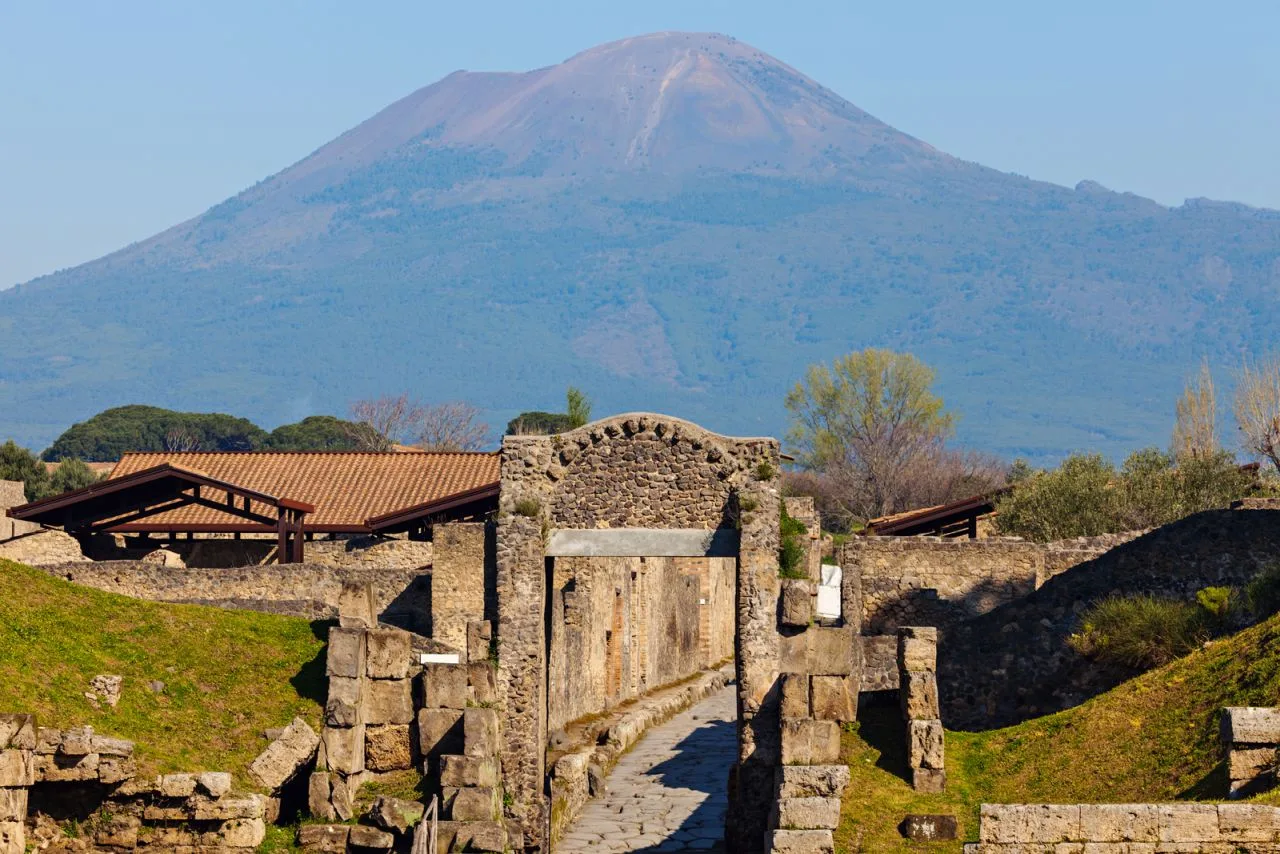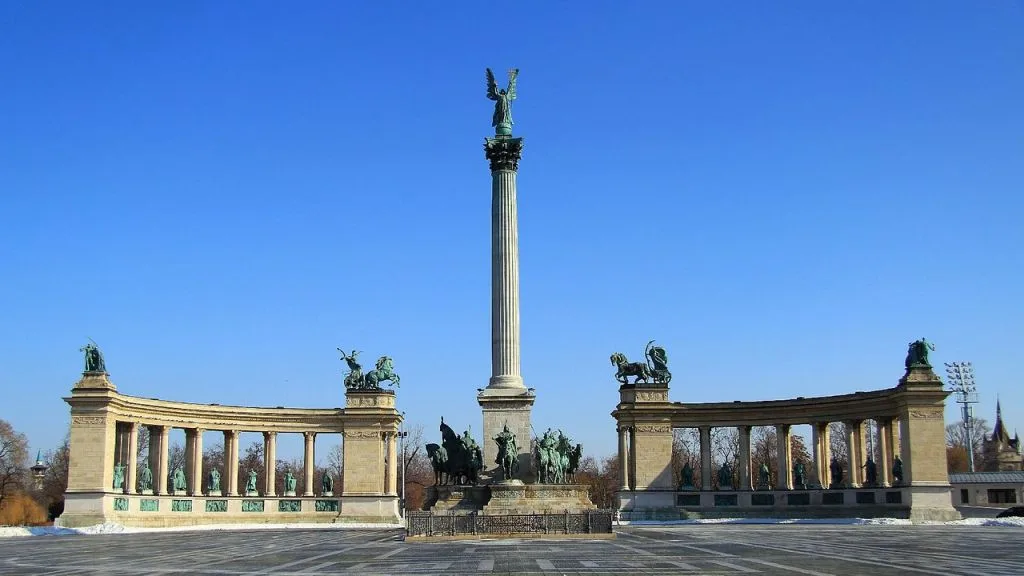Eiffel Tower
Address
Champ de Mars, 5 Av. Anatole France
GPS
48.7505151, 2.4532855
The Eiffel Tower is a walled iron tower 324 meters high (with antennas) situated in Paris, at the northeastern end of the Champ-de-Mars Park, on the banks of the Seine River in the 7th arrondissement. on the banks of the Seine River in the 7th arrondissement. Its formal address is Anatole France 5 avenue.
Quick facts
- Name: Eiffel Tower
- Location: Paris, France
- Built 1889
- Type of attraction: Architectural/Monument
- Ticket price: From $6
Built by Gustave Eiffel and his colleagues at the 1889 Paris Universal Exhibition and originally known as the’ 300 Meter Tower,’ this monument has become a symbol of the French capital and a major tourist destination: it is the second most visited French cultural site in 2011, with 7.1 million tourists, including 75 percent of foreigners in 2011, and the Notre-Dame-de-Paris Cathedral is on the doorstep of the Cathedral.
It has welcomed over 300 million tourists since it opened to the public. Originally at a height of 312 meters, the Eiffel Tower has stayed for 40 years the world’s largest monument. The second level of the third floor, sometimes referred to as the fourth floor, at 279.11 meters above sea level, is the highest observation platform available to the European Union’s public and the second in Europe, behind Moscow’s Ostankino tower, at 337 meters above sea level.
Tower is 324 meters (1,063 feet) tall, nearly as tall as an 81-story building, and the tallest structure in Paris. It is approximately a square base, with a base measurement of 125 meters (410 feet) on each side. Erected during construction, the Eiffel Tower surpassed the Washington Monument to become the tallest man-made structure in the world for a period of 41 years, from the construction of the Chrysler Building in New York City until being surpassed by the Empire State Building in 1931.
The world’s first building to surpass both the 200-meter and 300-meter mark in height was built here. Taller than the Chrysler Building by 5.2 meters, the broadcasting aerial was added to the top of the tower in 1957, hence this tower is now taller than the Chrysler Building (17 ft). The Eiffel Tower is the second tallest structure in France that is not held up by transmission towers, behind the Millau Viaduct.
Due to the assembly of many antennas, the tower’s height has been improved several times. It is now used as a transmitter for radio and television programs, used in the past for many science studies.
For visitors, the tower has three levels: the first with restaurants, and the second and third with additional restaurants. The top level’s upper platform is 276 m (906 ft) above ground – the highest observation deck accessible to the public in the European Union.
Ticket holders may choose to purchase either a ticket to ascend by stairs or lift to the first and second levels. It takes over 300 steps to go from ground level to the first level, and it takes another 300 steps to go from the first level to the second. There is a staircase to the top level, but lifts are generally the only way to access the top floor.
Interesting facts about Eiffel Tower
Here are some interesting facts about this amazing landmark:
- The Eiffel Tower was to be taken down in 1909. France’s industrial supremacy would be on display in this tower for the duration of the World’s Fair, but it would be demolished 20 years later. But Eiffel, ever the innovator, also installed a radio antenna and wireless telegraph transmitter in the tower. After Eiffel demonstrated the value of radio to the government in 1910, he received a 70-year lease renewal. After becoming an iconic emblem of Paris and France, the tower was safe from destruction by 1980.
- It was almost destroyed in 1944. Adolf Hitler ordered his generals to destroy occupied Paris in August 1944 as the Nazis were beginning to lose power. The Eiffel Tower was the target of a plot to mine it with explosives. Fortunately, Allied forces arrived just in time to stop the execution of the order. Even though the city of Paris was severely damaged by subsequent bombings, the Eiffel Tower remained unscathed.
- The Eiffel tower uses 20,000 light bulbs at night and their lighting pattern is copyrighted. In 1925, at the same time as the International Exhibition of Modern Decorative and Industrial Arts, the Tower began hosting its inaugural light show. Car manufacturer Andre Citröen paid for a spectacular light show with 200,000 bulbs, which culminated in a shower of stars, rotating Zodiac signs, comets, and, of course, his company’s name.
The now-famous glittering light show, comprised of 20,000 bulbs, originally lit up the night sky on New Year’s Eve 1999 to ring in the new millennium, sixty years after another show comprising 336 yellow-orange spotlights. The Tower itself is free for anybody to visit, but the lights on it are subject to copyright protection in accordance with French law. Don’t rush to hire an attorney, though; this only affects photographs intended for publication. Feel free to post any photos you’ve taken of the Eiffel Tower at night.








